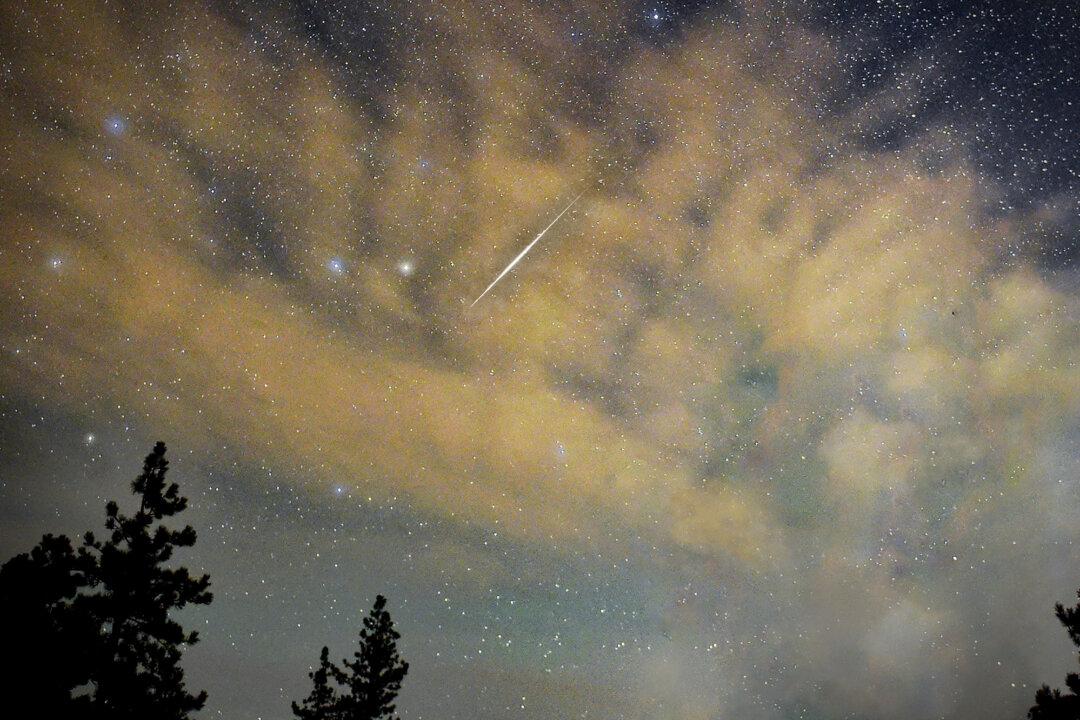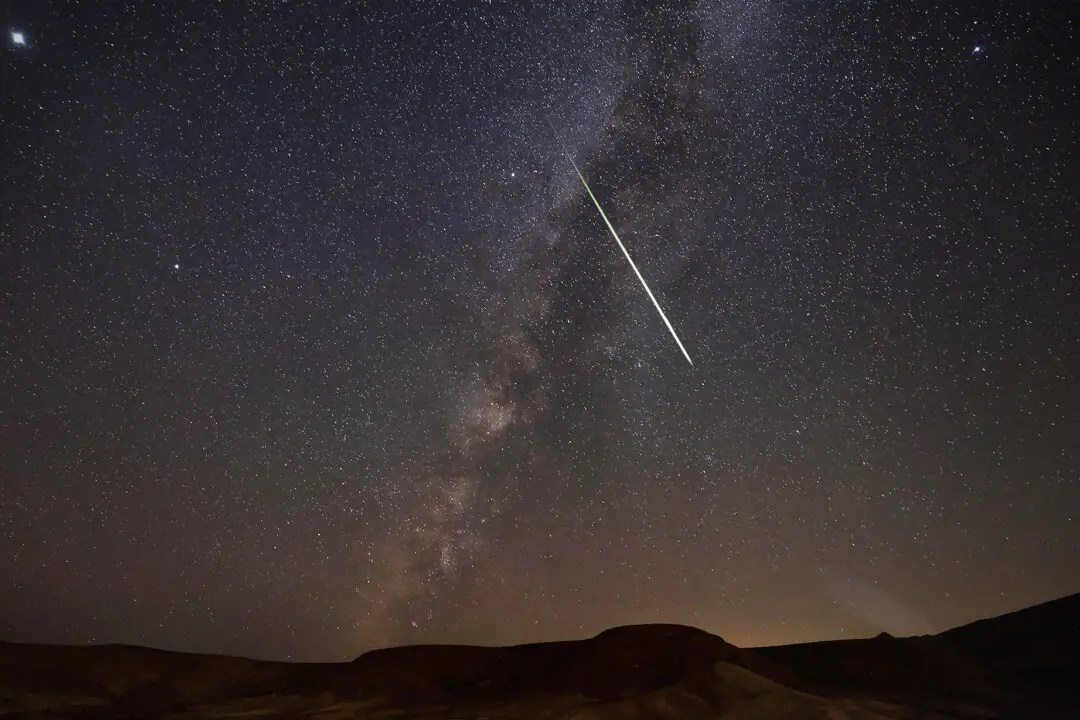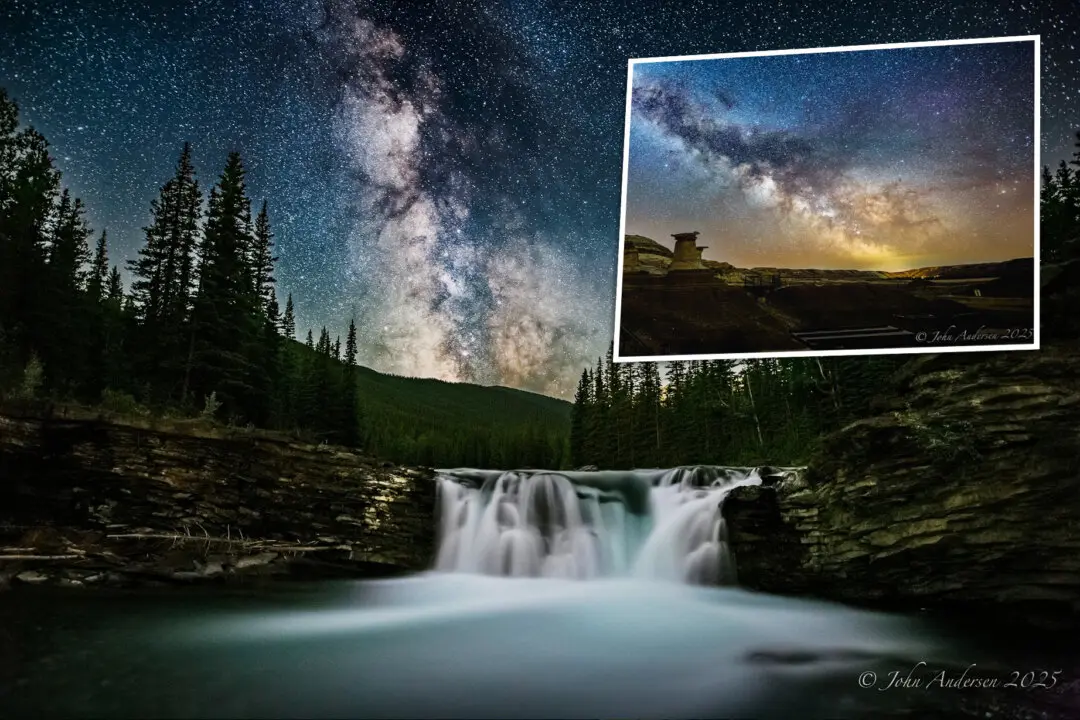Outer space is a three-ring circus sometimes. You might not see the thronging excitement—the exploding asteroids, comets, and infinite streams of debris left hurtling in their wake, a parade of centurions marching into infinity—but it’s all out there, bouncing around in space.
Sometimes though, this unseen cosmic bonanza spills over into our perceptible earthly realm: We spot a comet light up like sparklers at night, or—as happens every November—that parade of centurions comes ricocheting into town. Meteors shoot through our sky.






